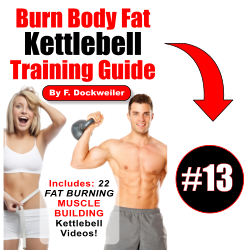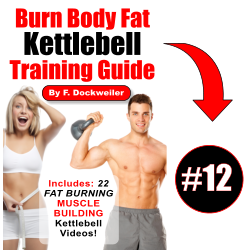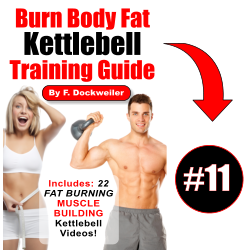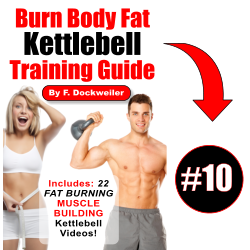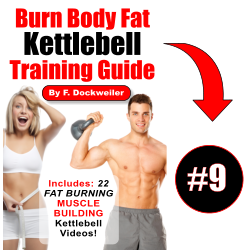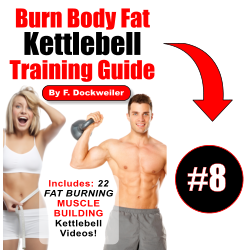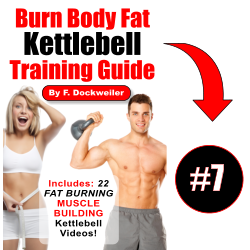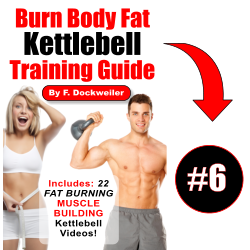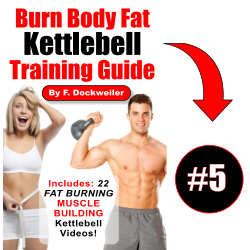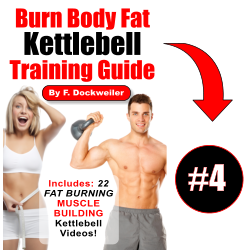We’ve been mentioning form and technique from the beginning of this Burn Body Fat Kettlebell Training Guide so it’s about time that we discuss both, and what makes them important as far as doing a Kettlebell workout is concerned.
When using Kettlebells as a fitness tool, form and technique go together. Mastering one is useless, if you don’t have the other.
Kettlebell Exercise Form
The actions listed below should be done immediately before doing Kettlebell exercises.
Note the position of your legs. Some Kettlebell exercises require that they be positioned about 5 inches more than your shoulder width. Some don’t. Observe the proper position so that you can always maintain your balance.
- Let your body weight be supported by your heels.
- Keep your chest up. This helps you in maintaining proper breathing.
- Retract your shoulders, or keep them squared back.
- Loosen your arm muscles, but be ready to have the muscles contract and expand when you pick up the Kettlebell.
- Make sure you have a steady grip.
- Avoid slouching.
- Relax your neck muscles. Let them support your head, which shouldn’t be positioned stiffly downwards or upwards.
For certain Kettlebell exercises, your head position should allow your eyes to naturally focus on the ground, about 5 to 6 feet ahead. For other exercises, your eyes would need to follow the movements of the Kettlebell. Do check the demonstration videos that accompany this training guide for more specific directions.
Finally, tighten your butt, abs, and thighs as you do each of your Kettlebell exercises.
Kettlebell Exercise Technique
Your techniques will depend on what Kettlebell exercises you are doing during your Kettlebell workout. The 22 demonstration videos that accompany this guide will be very helpful to you in using the proper techniques, as each video provides clear and easy to follow audio and visual steps.
Still, it’s useful and always a source of comfort to keep these general pointers about technique in mind, particularly when you are just starting with Kettlebell exercises.
Don’t be intimidated by the skill of others doing a Kettlebell workout. Remember that everyone was a beginner before. Just focus on your own performance and keep steadily at it, until you notice improvements happening.
Consider the condition of your own body. Kettlebell exercises can be very engaging, to the point that you will be tempted to repeat them beyond what is recommended. You may also be inclined to speed up the movements. Doing such things is counterproductive to your fitness and wellness goals.
Remember that steady progress is more important than speed.
A Kettlebell workout should be fun, not physically taxing to the point of sheer exhaustion and frustration. So, enjoy doing all your Kettlebell exercises by focusing on the way your body feels and how it’s improving as weeks go by. Remind yourself always that all your exertions will be worth it once you accomplish what you set out to achieve: a leaner, stronger physique.
For readers of the MyFitnessNut.com website, you can get the entire “Burn Body Fat Kettlebell Training Guide” and Kettlebell training videos at no cost by subscribing to our newsletter to get the videos, then go to the beginning of this series and start on the first Kettlebell training article and follow along as you work toward your goals.
